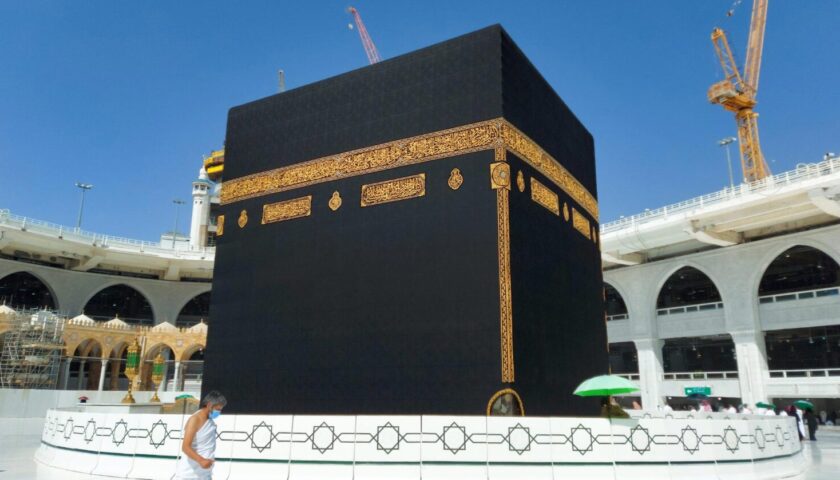Nestled in the heart of Spain’s vibrant capital, the Royal Palace of Madrid stands as a magnificent testament to the country’s rich cultural heritage and royal legacy. With its grandiose façade, opulent interiors, and extensive collections of art and artifacts, the palace serves as a symbol of Spain’s monarchy and a focal point for visitors from around the world. From its storied history to its architectural splendor, the Royal Palace of Madrid offers a captivating journey through the annals of Spanish royalty.
Historical Background
The origins of the Royal Palace of Madrid can be traced back to the 9th century when the Muslim rulers of Al-Andalus constructed a fortress, known as the Alcázar, on the site. Over the centuries, the fortress evolved, undergoing various expansions and renovations under different monarchs.
In the 18th century, King Philip V commissioned the construction of a new royal palace after the Alcázar was destroyed by fire in 1734. The new palace, designed by Italian architect Filippo Juvarra and later completed by his pupil Juan Bautista Sachetti, would become one of the grandest palaces in Europe.
Although the Royal Palace of Madrid is the official residence of the Spanish royal family, they primarily use it for state ceremonies and official functions. The royal family resides in the more modest Palacio de la Zarzuela on the outskirts of Madrid.
Architectural Splendor
The Royal Palace of Madrid is renowned for its architectural grandeur, blending various styles including Baroque, Neoclassical, and Rococo. The palace’s imposing façade features a symmetrical arrangement of columns, balustrades, and sculptures, exuding a sense of power and majesty.
Main Entrance and Courtyard
Visitors enter the palace through the central courtyard, known as the Plaza de Armas. The square is flanked by two large towers, the Tower of King Charles III and the Tower of Queen Isabel II, which frame the main entrance. The courtyard, paved with intricate geometric designs, sets the stage for the grandeur that awaits within.
State Rooms and Throne Room
The interior of the palace is equally impressive, with lavishly decorated state rooms adorned with frescoes, tapestries, and crystal chandeliers. Among the highlights is the Throne Room, where official ceremonies and state receptions take place. The room is dominated by a magnificent throne, flanked by statues of the four cardinal virtues.
Royal Armoury and Art Collections
The Royal Palace of Madrid houses an extensive collection of art, including paintings, sculptures, and decorative arts, amassed by Spanish monarchs over the centuries. The palace’s Royal Armoury is one of the most significant collections of its kind in the world, featuring suits of armor, weapons, and artifacts dating back to the Middle Ages.
Cultural Significance
Beyond its architectural and historical significance, the Royal Palace of Madrid plays a vital role in Spain’s cultural life. It serves as a venue for concerts, exhibitions, and cultural events, showcasing the country’s rich artistic heritage.
Changing of the Guard
One of the most popular attractions for visitors is the Changing of the Guard ceremony, which takes place every Wednesday and Saturday. Accompanied by military bands, the ceremony is a colorful display of tradition and pageantry, attracting crowds of spectators.
State Visits and Official Receptions
The palace is also the setting for state visits and official receptions, hosting dignitaries and heads of state from around the world. These events highlight the palace’s continued role as a symbol of Spain’s monarchy and its diplomatic importance on the global stage.
Visitor Experience
Visiting the Royal Palace of Madrid is a captivating experience that offers insight into Spain’s royal history and cultural heritage. The palace is open to the public, allowing visitors to explore its magnificent rooms and collections.
Practical Information
Tickets to the Royal Palace of Madrid can be purchased online or at the ticket office located at the palace’s entrance. Guided tours are available for those who wish to learn more about the palace’s history and architecture.
Opening Hours and Accessibility
The palace is generally open to visitors year-round, with reduced hours on certain holidays and special occasions. Accessibility options are available for visitors with mobility issues, including ramps and elevators.
Photography and Dress Code
Photography is permitted in most areas of the palace, though flash photography may be restricted in certain rooms to preserve the artworks. Visitors are encouraged to dress modestly out of respect for the palace’s historical and cultural significance.
Conclusion
The Royal Palace of Madrid stands as a magnificent testament to Spain’s royal legacy and architectural prowess. From its grand façade to its sumptuously decorated interiors, the palace offers a captivating glimpse into the country’s rich cultural heritage. As a symbol of Spain’s monarchy and diplomatic importance, the palace continues to attract visitors from around the world, inviting them to explore its storied halls and immerse themselves in the grandeur of Spanish royalty.



